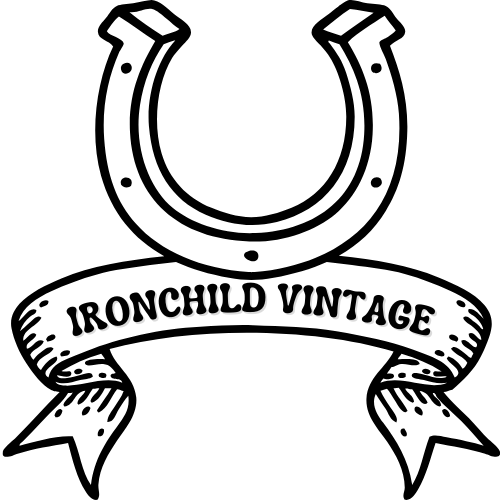
History of Western Wear
Share
 Western wear grew from work clothing on the frontier in the late nineteenth century. Cowboys needed gear that stayed strong during long rides and heavy ranch work. Denim and canvas held up well, which is why Levi Strauss jeans from 1873 became so common. Stetson hats from the 1860s kept sun and rain off a rider’s face. Fringe jackets also appeared in this period. Many early versions came from Indigenous designs. The fringe helped shed rain and dry faster in bad weather.
Western wear grew from work clothing on the frontier in the late nineteenth century. Cowboys needed gear that stayed strong during long rides and heavy ranch work. Denim and canvas held up well, which is why Levi Strauss jeans from 1873 became so common. Stetson hats from the 1860s kept sun and rain off a rider’s face. Fringe jackets also appeared in this period. Many early versions came from Indigenous designs. The fringe helped shed rain and dry faster in bad weather.
 Vaquero traditions shaped the look even more. Their riding boots had narrow shapes that made it easier to slip in and out of stirrups. That idea turned into the pointed cowboy boot that showed up across the West in the late nineteenth century. Their shirt styles used strong shoulder stitching to stop fabric from pulling during riding and cattle work. That idea led to the western yoke. It added strength to the shirt and gave the shoulders a clean shape. Tooled leather belts and holsters also came from vaquero craft, which is why the patterns look the way they do today.
Vaquero traditions shaped the look even more. Their riding boots had narrow shapes that made it easier to slip in and out of stirrups. That idea turned into the pointed cowboy boot that showed up across the West in the late nineteenth century. Their shirt styles used strong shoulder stitching to stop fabric from pulling during riding and cattle work. That idea led to the western yoke. It added strength to the shirt and gave the shoulders a clean shape. Tooled leather belts and holsters also came from vaquero craft, which is why the patterns look the way they do today.
By the early twentieth century the style moved into rodeos and music halls. Rodeo riders in the 1910s and 1920s wore shirts with bold colours so spectators could see them from far away. Makers like H Bar C and Miller Stockman sold yoke shirts in the 1930s. Wrangler jeans arrived in 1947 with a fit made for riding. Hollywood films pushed the style even further in the 1930s and 1940s. Actors wore denim jackets, snap shirts and tall boots and the look spread outside ranch towns.
The mid century era brought both show pieces and work pieces. Nudie Cohn made bright suits in the 1940s with heavy stitching and stones for stage musicians. At the same time regular workers still wore simpler western items because they made sense for daily use. Denim jackets like the Levi’s Type II and Type III fit well on horseback and on foot. Pearl snap shirts stayed popular because the snaps were fast to fix when they broke. Fringe jackets from the 1950s and 1960s became common for casual wear. They kept the old practical shape but moved into city life.
Western wear today carries all those ideas. Each piece still reflects the needs that shaped it. Pointed boots help with riding. Yokes add strength where shirts often tear. Fringe moves water and keeps a jacket light. These details came from real work and people kept them because they still function well. That steady purpose is part of why western clothing continues to feel familiar and honest.
